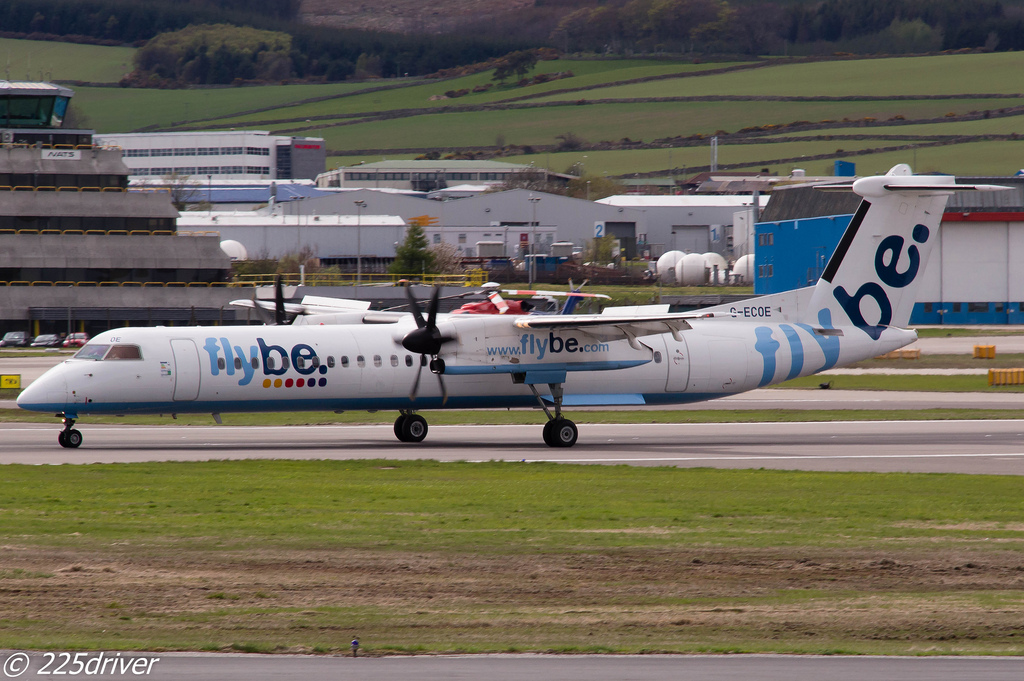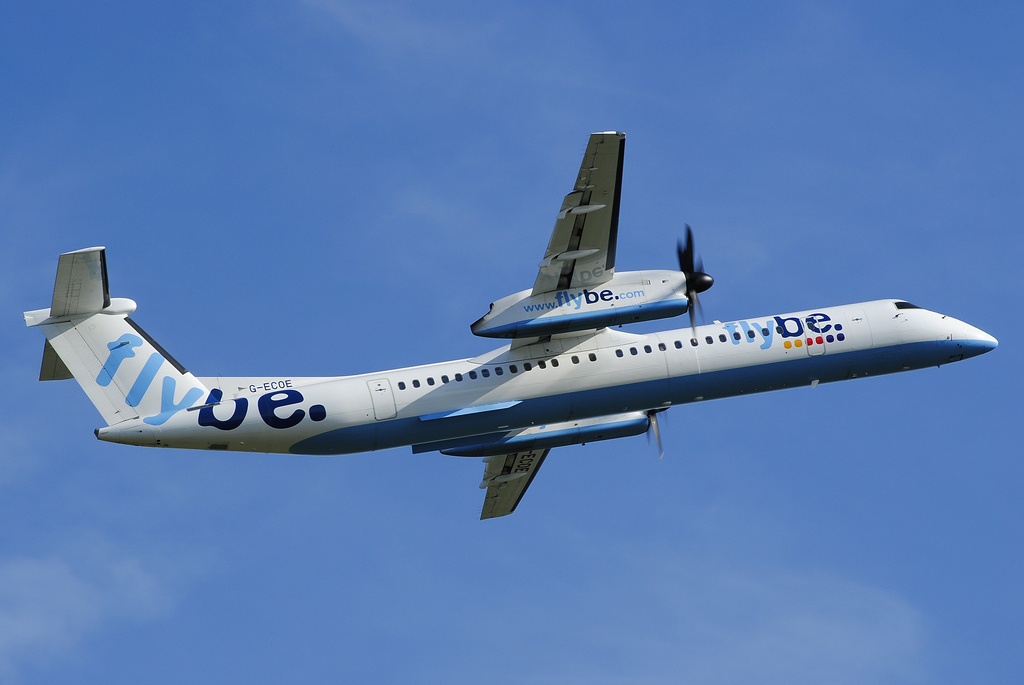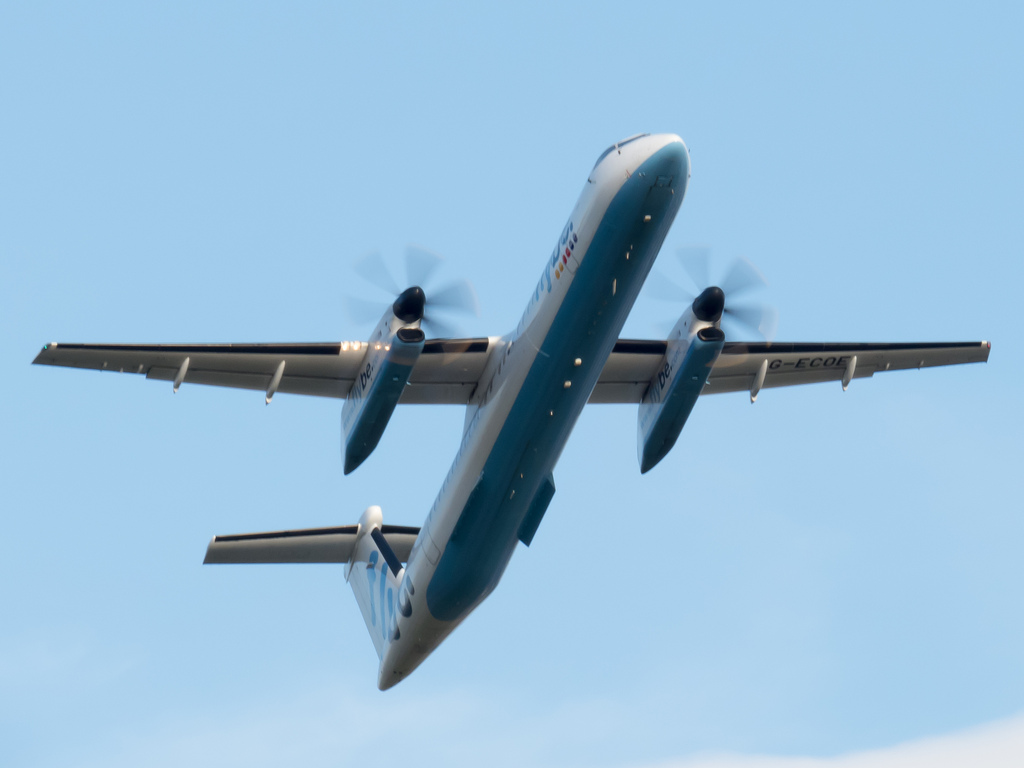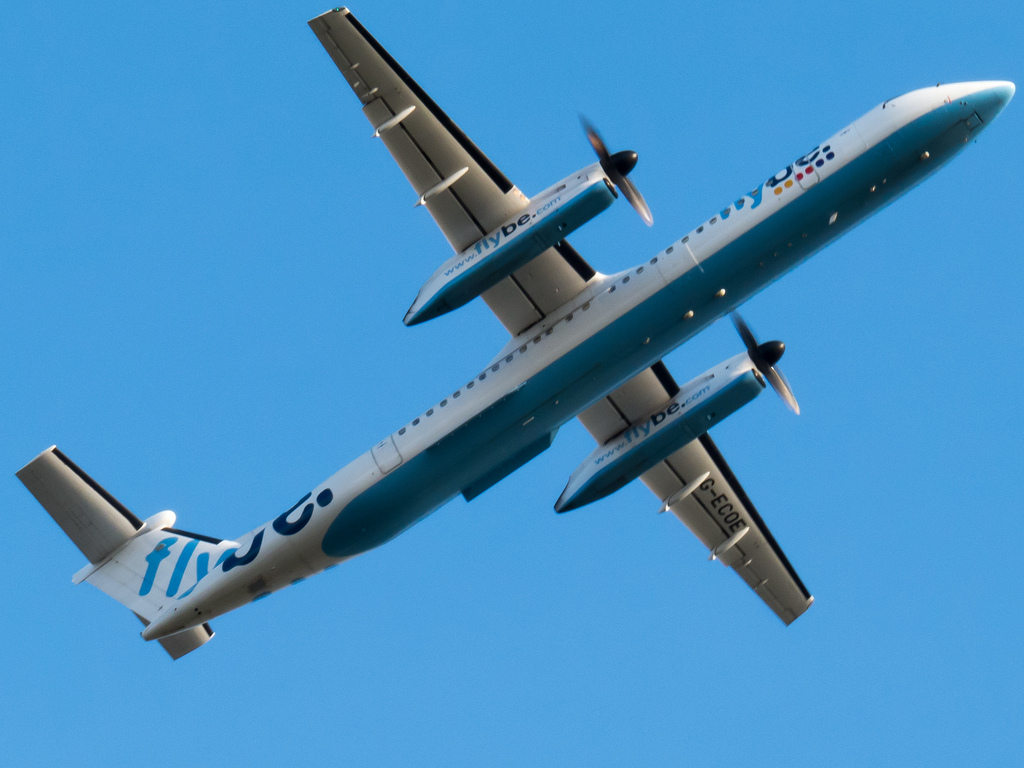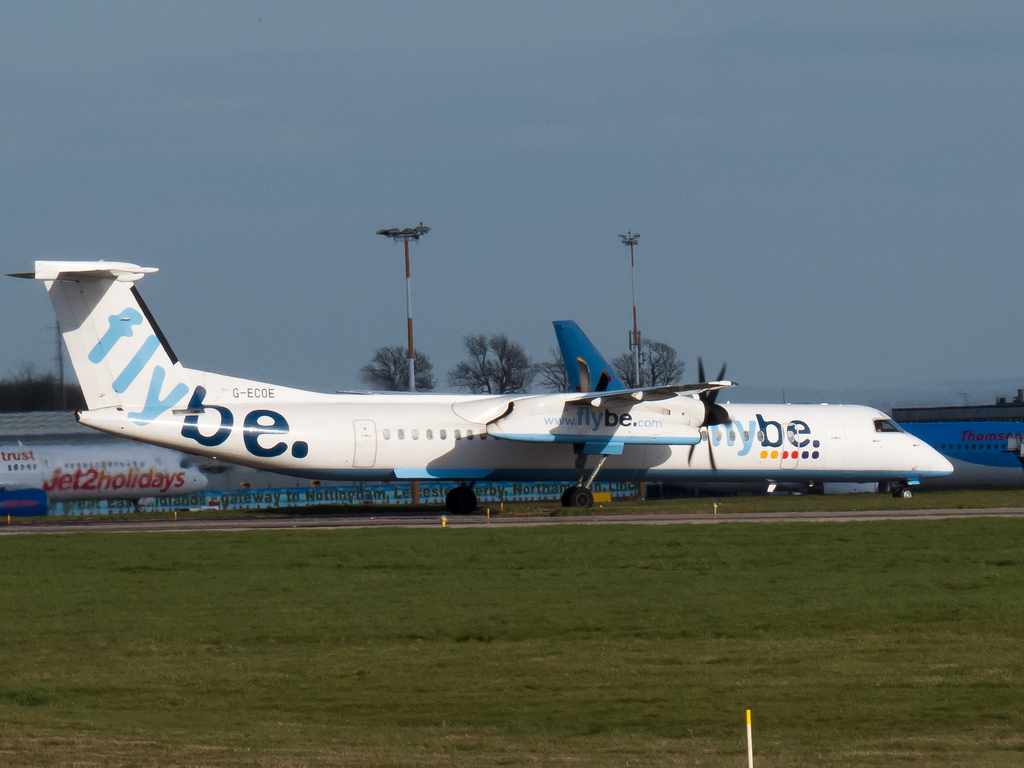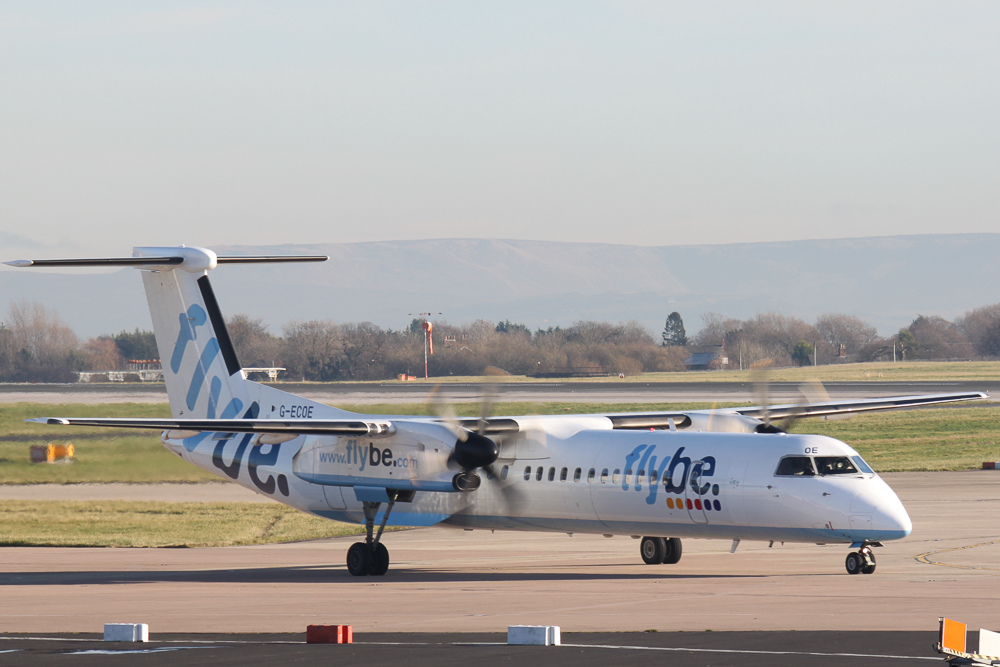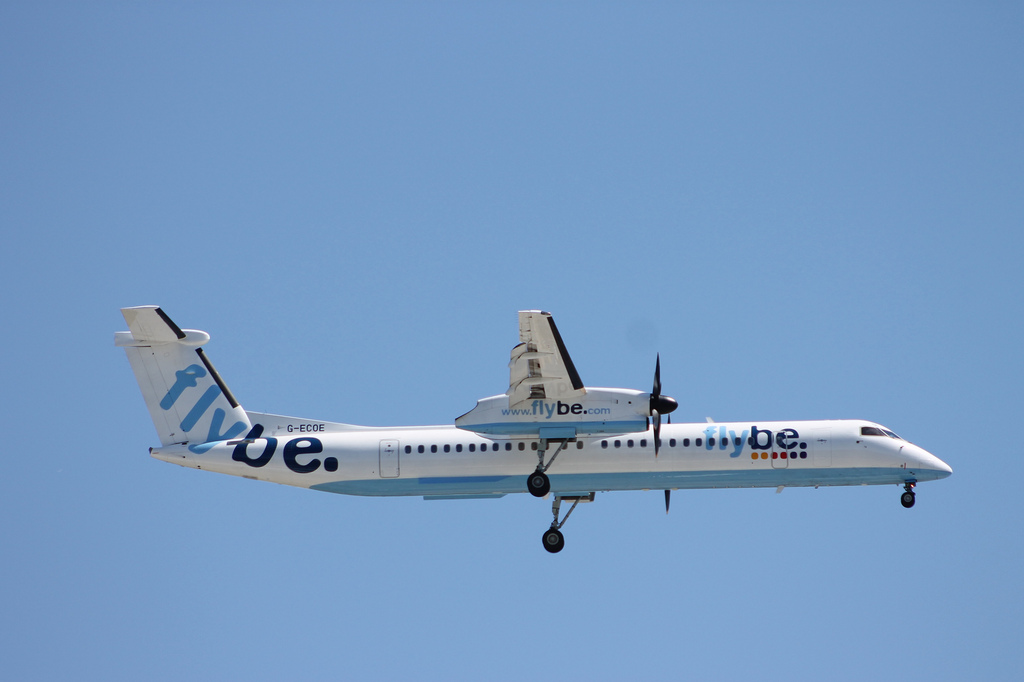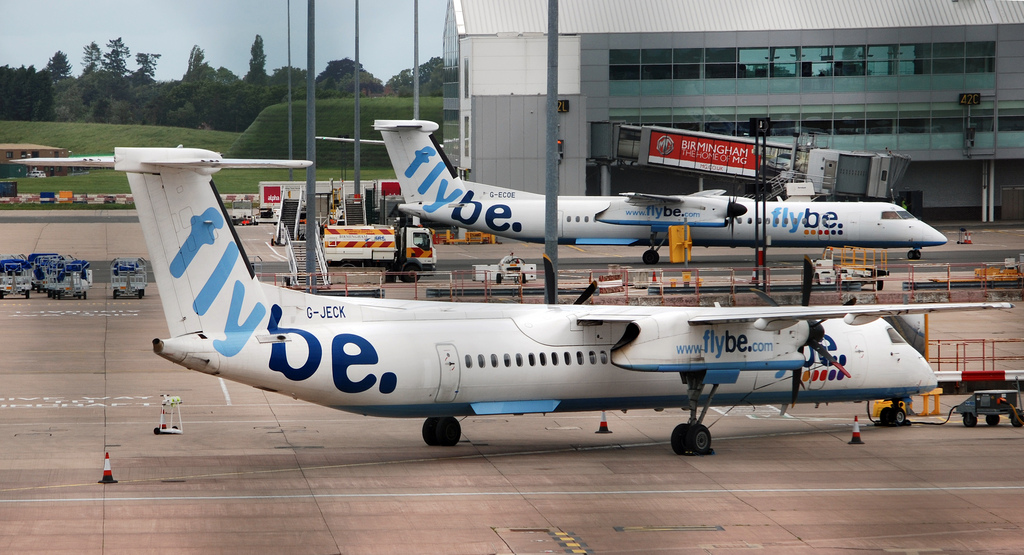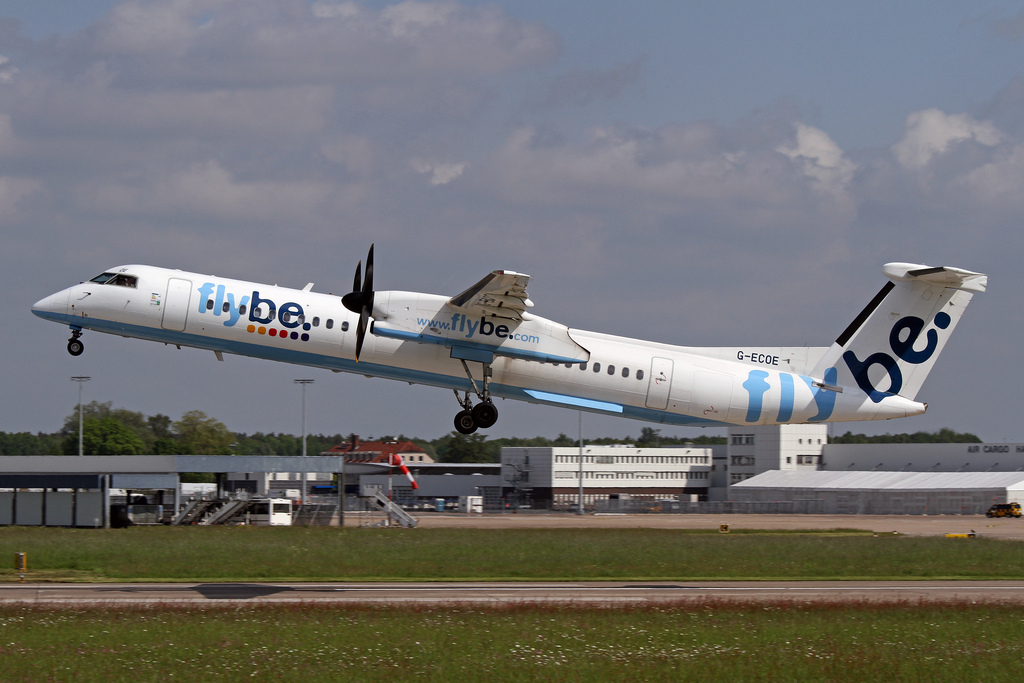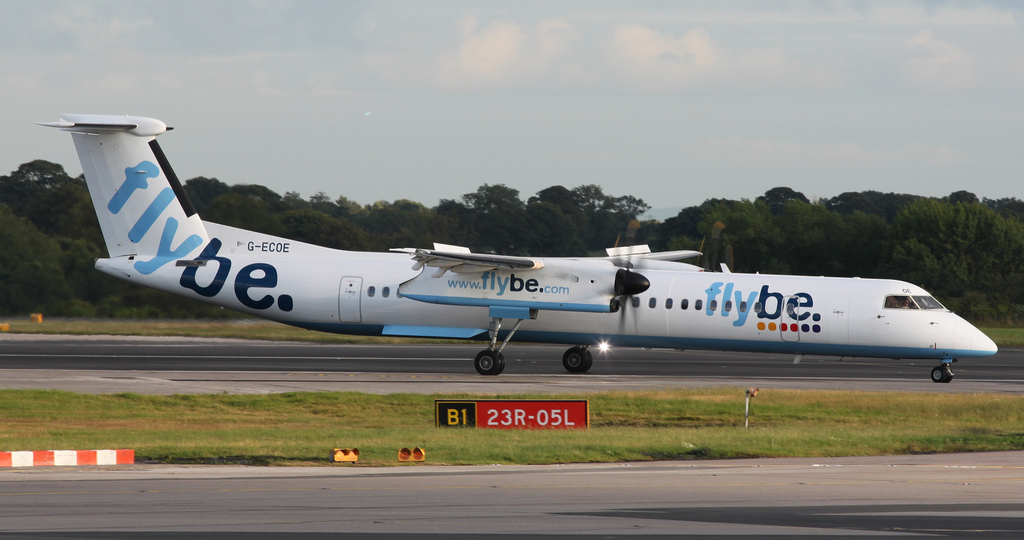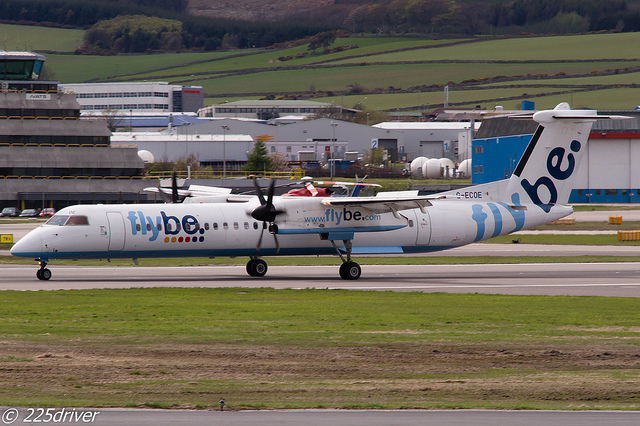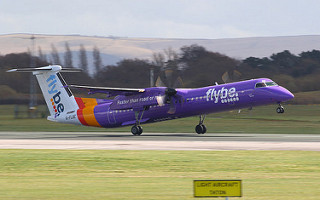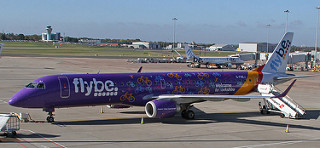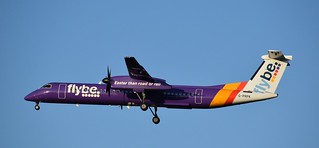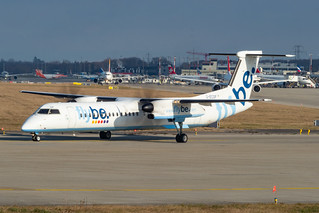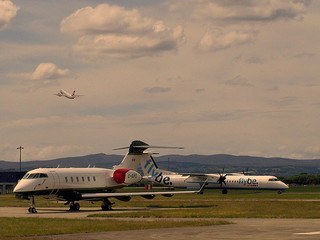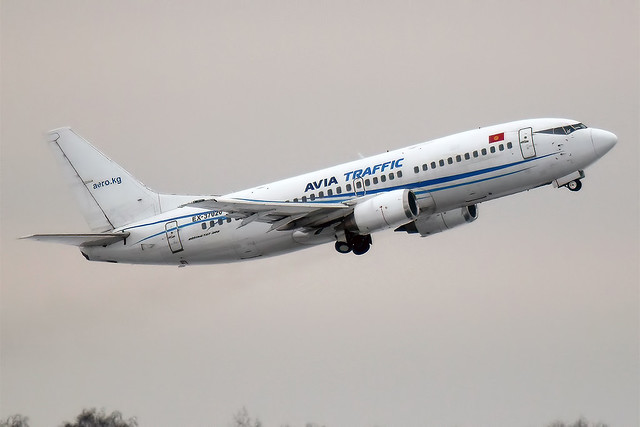Flybe DH8D at Belfast on Jan 11th 2018, on initial climb autopilot targets 0 feet altitude
Last Update: November 8, 2018 / 19:53:05 GMT/Zulu time
Incident Facts
Date of incident
Jan 11, 2018
Classification
Report
Airline
Flybe
Flight number
BE-130
Departure
Belfast City, United Kingdom
Destination
Glasgow, United Kingdom
Aircraft Registration
G-ECOE
Aircraft Type
De Havilland Dash 8 (400)
ICAO Type Designator
DH8D
The British AAIB released their bulletin reporting: "After landing, the crew briefly discussed the incident, but neither were certain why the aircraft had descended when the autopilot had been initially engaged." The AAIB concluded the causes of the serious incident were:
Prior to pushback, the crew had selected the FD modes without entering a target altitude. This caused one mode to default to alt instead of alt sel, which was not detected by the crew.
Due to the DES being carried out whilst backtracking the runway, there was reduced time available in which to complete all required checks which, when combined with a sense of urgency, led to the crew not seeing the incorrect FD modes displayed on the FMA.
During the line-up checks, the PF noticed that alt sel was not displayed on the FMA. When alt sel was selected, the crew did not confirm that ga, hdg, and alt sel were displayed on the PFD. Instead alt mode was active and displayed which led to a target altitude of 0 ft amsl being set, resulting in a descent when the autopilot was engaged. Timely warnings of the hazardous flight path were provided by the EGPWS, and prompt corrective action by the PF returned the aircraft to safe flight.
The AAIB analysed:
Despite this high level of activity, the ‘Line Up’ checks did cause the PF to identify that alt sel was not selected but he did not see that alt was active instead of ga. The PF was also expecting to pitch the aircraft to about 15º nose-up instead of the 10º nose-up that the FD bar would have indicated with ga mode selected. It is possible that this was a reason why he did not notice that the FD bars were showing about 0º pitch on the PFD.
If the hdg, alt sel and alt modes are selected on the ground, subsequently as the aircraft climbs after takeoff above the target altitude, the FD vertical guidance bar will progressively move to a nose-down pitch attitude. Upon engagement of the autopilot, the aircraft will pitch down to follow the FD vertical guidance bar to descend to the target altitude. For this incident this target altitude would have been set to about 0 ft amsl.
When the aircraft pitched down as the autopilot was engaged, neither pilot initially noticed the change in pitch attitude but the “don’t sink” and “pull up” EGPWS warnings alerted the crew to the situation. The PF reacted promptly in accordance with the trained sequence of actions and returned the aircraft to a safe flight path. During the event the aircraft lost about 500 ft in 18 seconds, with a maximum rate of descent of 4,300 ft/min and having reached a minimum height of 928 ft agl.
When the autopilot was re-engaged, the aircraft again pitched nose-down but this was identified by the crew. They engaged IAS mode which replaced the alt mode and with alt sel also selected the aircraft climbed and levelled at the cleared altitude of 3,000 ft.
Incident Facts
Date of incident
Jan 11, 2018
Classification
Report
Airline
Flybe
Flight number
BE-130
Departure
Belfast City, United Kingdom
Destination
Glasgow, United Kingdom
Aircraft Registration
G-ECOE
Aircraft Type
De Havilland Dash 8 (400)
ICAO Type Designator
DH8D
This article is published under license from Avherald.com. © of text by Avherald.com.
Article source
You can read 2 more free articles without a subscription.
Subscribe now and continue reading without any limits!
Read unlimited articles and receive our daily update briefing. Gain better insights into what is happening in commercial aviation safety.
Send tip
Support AeroInside by sending a small tip amount.
Related articles
Flybe DH8D at Southampton on Jun 5th 2015, bee speed
A Flybe de Havilland Dash 8-400, registration G-ECOE performing flight BE-384 from Southampton,EN (UK) to Dublin (Ireland), was climbing out of…
Flybe DH8D near Amsterdam on Jul 16th 2013, hydraulic leak
A Flybe de Havilland Dash 8-400, registration G-ECOE performing flight BE-101 from Birmingham,EN (UK) to Amsterdam (Netherlands), was descending…
Flybe DH8D at Newquay on Nov 14th 2019, aileron cable broke
A Flybe de Havilland Dash 8-400, registration G-FLBE performing flight BE-2187 from Newquay,EN to London Heathrow,EN (UK) with 59 passengers and 4…
Flybe E195 at Exeter on Feb 28th 2019, rejected takeoff due to haze on board as result of maintenannce prompts evacuation
A Flybe Embraer ERJ-195, registration G-FBEJ performing flight BE-4321 from Exeter,EN (UK) to Alicante,SP (Spain) with 100 passengers and 5 crew, had…
Flybe DH8D near BIrmingham on Jul 22nd 2019, cabin pressure problems
A Flybe de Havilland Dash 8-400, registration G-PRPK performing flight BE-1331 from Edinburgh,SC to London City,EN (UK) with 56 passenges and 4 crew,…
Flybe DH8D near Manchester on Nov 22nd 2019, engine shut down in flight
A Flybe de Havilland Dash 8-400, registration G-ECOF performing flight BE-774 from Southampton,EN to Edinburgh,SC (UK) with 69 people on board, was…
Flybe DH8D near Exeter on Nov 15th 2018, altitude disagree
A Flybe de Havilland Dash 8-400, registration G-JECR performing flight BE-3501 from Exeter,EN (UK) to Paris Charles de Gaulle (France), was enroute…
Newest articles
JSX E145 at Houston on May 3rd 2024, gear collapse and runway excursion on landing
A JSX Embraer ERJ-145, registration N942JX performing flight XE-284 from Dallas Love,TX to Houston Hobby,TX (USA) with 21 passengers and 3 crew on…
Avia Kyrgyzstan B733 at Bishkek on May 4th 2024, bird strike
An Avia Traffic Company Kyrgyzstan Boeing 737-300 on behalf of Tez Jet Airlines, registration EX-37020 performing flight K9-117 from Bishkek to Osh…
Subscribe today
Are you researching aviation incidents? Get access to AeroInside Insights, unlimited read access and receive the daily newsletter.
Pick your plan and subscribePartner

A new way to document and demonstrate airworthiness compliance and aircraft value. Find out more.

ELITE Simulation Solutions is a leading global provider of Flight Simulation Training Devices, IFR training software as well as flight controls and related services. Find out more.

Your regulation partner, specialists in aviation safety and compliance; providing training, auditing, and consultancy services. Find out more.
AeroInside Blog
Popular aircraft
Airbus A320Boeing 737-800
Boeing 737-800 MAX
Popular airlines
American AirlinesUnited
Delta
Air Canada
Lufthansa
British Airways
